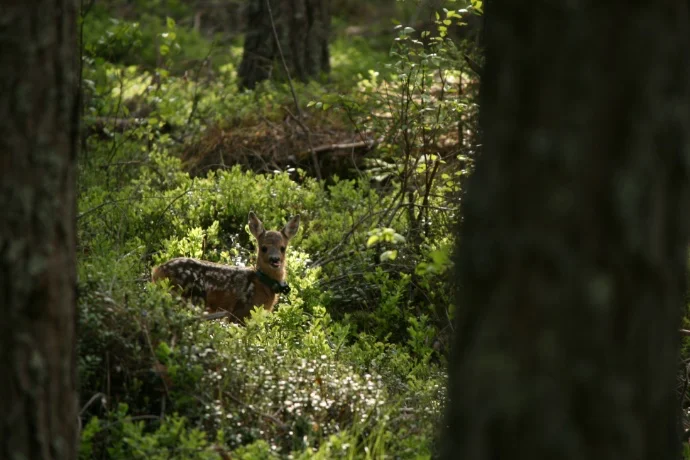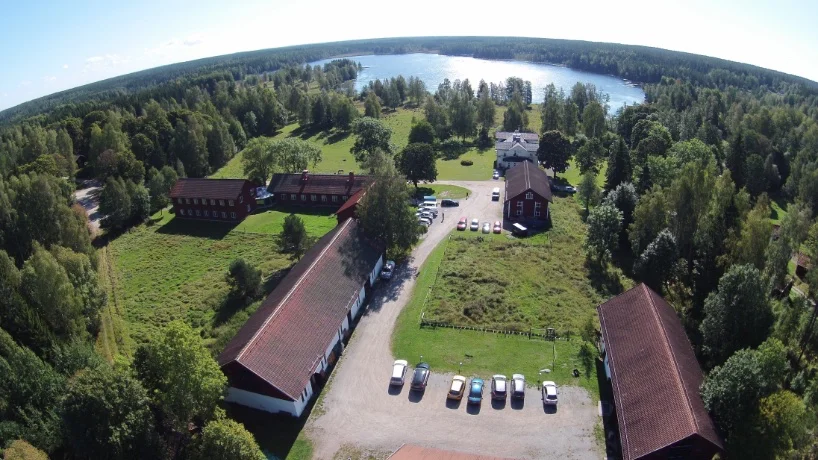SITES STATION
Grimsö
Grimsö Wildlife Research Station serves as a hub for conducting research on wild animals and birds, as well as wildlife monitoring and natural resource management. The station is located in central Sweden right on the border between two climate zones in an area of intensively managed spruce and pine forest.
Sweden
118 m
Altitude
4.7 °C
Mean annual temperature
739.16 mm
Mean annual precipitation
Hemiboreal / Boreal
Climate zone
Detailed information
GRI
SE
Grimsö Wildlife Research Station, located in central Sweden’s Bergslagen region, focuses on applied ecology for wildlife and natural resource management. The 13,000-hectare research area is dominated by intensively managed spruce and pine forest, interspersed with lakes, streams, and wetlands, and lies along the Limes Norrlandicus meaning that the climate is a mix of hemi-boreal and boreal. The station, established in 1974, has been affiliated with the Swedish University of Agricultural Sciences since 1992, and has approximately 40 staff members. Equipped with facilities like a genetic laboratory and game handling facility, it supports various wildlife survey techniques and offers assistance in planning and fieldwork. The station conducts extensive wildlife monitoring, with time series beginning in the 1970s, covering topics such as population dynamics, reproduction, and life history traits of moose, roe deer, red fox, voles, and starlings, along with tick surveys, phenology data, and weather data. Grimsö Wildlife Research Station serves as a hub for wildlife research and plays a crucial role in scientific research supporting Sweden's wildlife management through genetic studies, animal behavior, and human-wildlife conflict research.
4.7 °C
59.72868, 15.47249
118 m
Year-round


